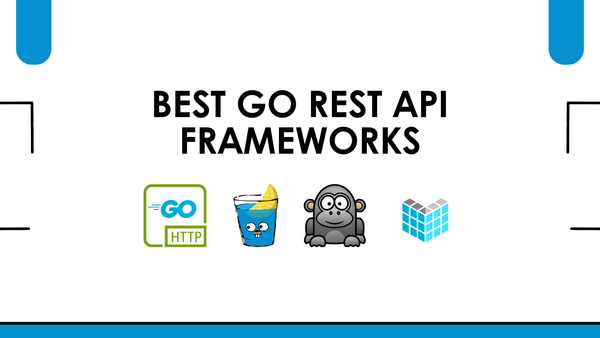Concurrency and Goroutines in GORM

Efficiency is a cornerstone of modern application development, and concurrency plays a vital role in achieving it. GORM, the robust Go Object-Relational Mapping library, empowers developers to embrace parallelism through Goroutines. In this guide, we’ll delve into the world of concurrency and Goroutines in GORM. By the end, you’ll have a comprehensive understanding of how to leverage Goroutines to enhance your database operations, while adhering to best practices to ensure data integrity and reliability in your Go projects.
Using GORM in Concurrent Environments
Concurrency allows multiple tasks to execute simultaneously, significantly improving application performance.
Step 1: Instantiate GORM Connection
Ensure your GORM connection is safe for concurrent use:
db, err := gorm.Open(sqlite.Open("mydb.db"), &gorm.Config{})
if err != nil {
// Handle error
}
Step 2: Share Connection Safely
Share the GORM connection across Goroutines to perform parallel database operations:
var wg sync.WaitGroup
for i := 0; i < 5; i++ {
wg.Add(1)
go func(i int) {
defer wg.Done()
var product Product
db.First(&product, i)
// Perform concurrent operations
}(i)
}
wg.Wait()
Best Practices for Using GORM with Goroutines
While Goroutines offer parallelism, it’s essential to follow best practices to ensure data integrity and minimize issues.
Limit the Number of Concurrent Goroutines
Avoid overwhelming the system by limiting the number of Goroutines that concurrently interact with the database.
maxConcurrent := 5
var sem = make(chan struct{}, maxConcurrent)
Use Connection Pooling
GORM’s connection pooling ensures that connections are efficiently managed, preventing resource exhaustion.
db, err := gorm.Open(sqlite.Open("mydb.db"), &gorm.Config{
MaxOpenConns: 10,
MaxIdleConns: 5,
})
Conclusion
Concurrency and Goroutines are essential tools in modern application development, and GORM’s compatibility with them opens up new avenues for performance optimization. By utilizing GORM in concurrent environments and following best practices for Goroutine-based parallelism, you can harness the power of parallel data processing while ensuring data integrity and reliability. As you apply the insights and examples from this guide, remember that GORM and Goroutines are a formidable combination, capable of significantly enhancing your application’s performance and responsiveness. Whether you’re building a data-intensive service or a web application with high concurrency demands, mastering the art of concurrency and Goroutines in GORM empowers you to achieve the pinnacle of efficiency and user experience.



